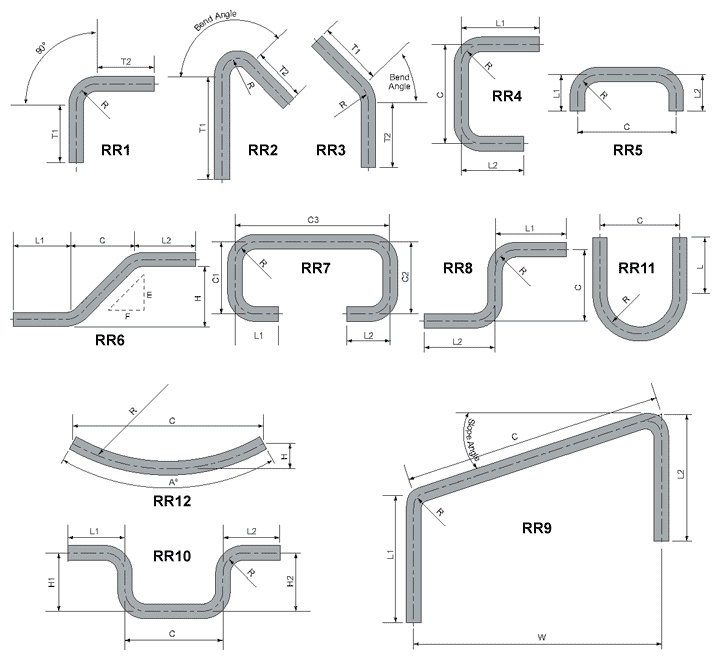

In Peyronie’s disease, fibrous scar tissue develops inside the penis causing it to become curved during erection. Some researchers think it might be related to the urethral tube, which connects to the urinary bladder, shortening during the prostatectomy. One report in the International Journal of Impotence Research found that 71 percent of men who underwent a radical prostatectomy experienced some penis shrinkage.īut researchers do not quite know why shrinkage occurs after a radical prostatectomy. Research shows men who have had cancerous prostate gland removal surgery (radical prostatectomy) may experience some penis shrinkage. If a man loses weight, his penis will regain its usual shape and size.

The reason it looks smaller is that the penis is attached to the abdominal wall, and when belly expands, it pulls the penis inward.

The impact of weight gain, particularly around their stomachs, is a genuine concern for many men as they age.Īlthough a man’s penis may appear smaller with weight gain, it has not shrunk. This accumulation of scar tissue affects the spongy erectile tissues of the penis, causes penis shrinkage, and limits erection size. The erectile tubes produce erections when they are engorged with blood, so less blood flow means smaller or fewer firm erections.Īnother possible reason for penis shrinkage is a buildup of scar tissue caused by years of small injuries from sex and sports. This results in the muscle cells in the erectile tubes inside the penis becoming weaker. Penis shrinkage is widespread as men age, but there are many other reasons why a penis may shrink: AgingĪs men age, fatty deposits build up in the arteries causing reduced blood flow to the penis.


 0 kommentar(er)
0 kommentar(er)
